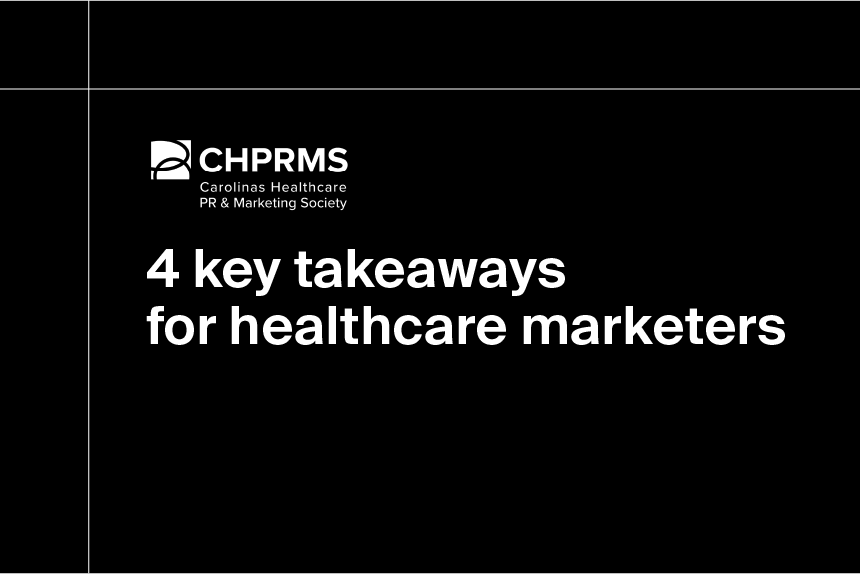One long-running (and fairly well-founded) notion about Americans is that we’re not great at finding our way around a map.
Setting aside foreign nations and nonadjacent U.S. states, there’s some evidence that most of us can’t even find our way to the nearest doctor’s office. In fact, when examining 11 of the world’s wealthiest countries, American adults are among the least likely to regularly see a primary care provider (PCP). (Condolences to our colleagues in our Gothenburg office; only Sweden placed behind us in routine doctor visits.)
But it’s not just patients who are struggling to navigate a primary care landscape that looks very different than it did just a few years ago. Industry players who buy, sell, and provide care in the healthcare market may also need a little help reorienting themselves amid so many changes. After all, the better they understand the market, the better able they are to support the patients and providers at its center.
I’m no cartographer, but using insights from healthcare commercial intelligence, we can broadly chart the evolving territory of primary care and explore the trends shaping its growth.
Your PCP is in the cloud—and at the grocery store
We’ve spilled plenty of ink on the idea that telehealth is here to stay. Thanks to the convergence of rapid advancement in cloud technology and remote patient monitoring (and a certain novel coronavirus), more Americans than ever can see their doctor virtually via telehealth.
Telemedicine claims skyrocketed from 1.2 million in 2019 to 70.1 million in 2021. But this technology hasn’t replaced the way we approach primary care—it’s augmented and, in some ways, complicated the early stages of the care continuum.
Under a new hybrid care model, it’s not always clear which route a patient should take to their PCP: Do these symptoms demand an in-person visit? Could a doctor even diagnose me over video? Should I skip the copay and see how I feel tomorrow?
Likewise, healthcare providers and vendors have new concerns to address: Does a practice have the IT infrastructure to support remote care and address potential problems quickly? Should they partner with a third-party telehealth provider to keep their staff focused on in-office care? Does their patient base have the means or technological savvy to take advantage of telehealth in the first place?
While some specialists in mental and behavioral health benefit immensely from the flexibility of a hybrid model, those within dermatology and ophthalmology, for instance, remain best suited to real-world encounters. As telehealth continues to stratify by specialty, primary care providers may have to work harder to maintain effective continuity of care and keep patients from falling through the gaps between virtual and analog care encounters.
Virtual care may no longer be the golden child it was during the height of COVID-19, and even the unassailable Amazon is exiting the telehealth space. Still, consumers and industry insiders should expect some aspects of care to remain online, where many patients continue to benefit from its convenience.
But telehealth isn't the only way to deliver convenience, and the hybrid model isn’t just reflected in the virtual-analog care dichotomy; it could also describe the growing role of outpatient clinics in primary care.
From 2016 to 2021, outpatient clinics—including urgent care centers, retail clinics, and ambulatory surgery centers—saw an annual growth rate of 8.8%. For many patients, it’s simply easier to get a day-of physical or other minor treatment at the retail clinic in their nearby grocery store than it is to schedule an appointment with their PCP’s office days or weeks later.
For PCPs, their health systems, and the vendors serving them, this raises a big question: How can a traditional provider improve the patient experience and reduce leakage to unaffiliated outpatient clinics while working with a skeleton crew?
Healthcare costs are growing, staff is shrinking
Providers are burnt out—or at least 42% of them are—and patients are feeling the burn, too.
Lack of labor is the heart of the issue here. Medical schools aren’t producing new doctors at the rates necessary to meet U.S. population growth, the clinical workforce is rapidly aging—with surgical specialists, in particular, facing a retirement wave—and overworked providers are increasingly choosing to resign rather than weather the storm.
To put it plainly, we’re looking at a shortage of somewhere between 37,800 and 124,000 physicians by 2034.
Primary care physicians may be among the hardest hit. The earning potential for primary care docs is about 40% less than other specialists, leading fewer students to seek training in the field.
Plus, there’s literally not enough time in the day for your PCP to get their work done, according to a 2022 study published in the Journal of General Internal Medicine. The study found that, in order to provide a hypothetical patient panel with the preventive, chronic disease-focused, and acute care recommended by medical guidelines, a PCP would require a 26.7-hour workday.
The study did find that working with a team makes it possible for a PCP to get that work done in 9.3 hours a day—still more than a typical nine-to-five workload, but at least attainable. But unfortunately, as we are all learning, the Great Resignation has made it harder to staff a full team.
Short of magically conjuring thousands of new physicians into existence, there aren’t many easy solutions to this problem. (We’ve talked with some very smart people with some very good ideas on the topic, however.) In the meantime, patients will seek care wherever they can find it, even if it means accepting an experience that’s less personal and potentially less effective—say, through an app.
Those patients who stick with their traditional PCP experience are still paying for the rising clinical labor costs brought about by COVID-19. Those in rural health systems get the worst of it, as it’s harder and more expensive to fill a vacancy in an out-of-the-way practice—and a care team of just a few providers will feel the burden of understaffing considerably more than one with a dozen members. Using rural, sparsely populated Nebraska as an example, one report found that 14 of the state’s 93 counties didn’t have even a single PCP.
If the primary care landscape is still looking foggy, you’ll be relieved to know there’s at least one widely available, reliable way to see through the gloom. Providers and vendors can leverage real-world data to better understand the specifics of the market—where patients are, what services they need, and which practices are best equipped to support them—and do more with the resources they have available.
We can help you navigate this strange, new world
A lot is changing in the world of primary care. Whether you’re a patient seeking care or a professional planning a provider market strategy, you might have trouble finding your way around this shifting landscape.
While we can’t help you get an appointment any faster (sorry!), we can absolutely deliver the healthcare commercial intelligence you need to sell more effectively into the market and capitalize on opportunities that can otherwise be easy to miss.
Sign up for a free trial today, and see how Definitive Healthcare can help you navigate the primary care market more effectively.




